AVS Forum’s Theater of the Decade - Part 1
Interview with Rob Hahn - Background & Aspirations
20 August 2021
Case Studies
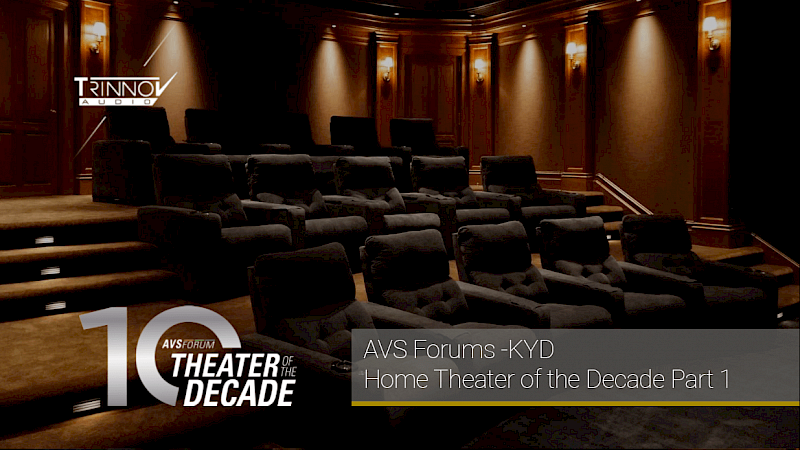
Part 1: Background & Aspirations
Can you tell us a little about your professional background?
I’ve been in the film business professionally since 1978, first as an assistant cameraman, then as a camera operator, and finally as a Director of Photography (aka Cinematographer/DP). You can see my filmography at IMDB.
Given your background, you must have a fantastic library of content. Can you describe it briefly?
I’m constantly adding source material, either by purchasing Blu-ray discs and loading them into my Kaleidescape system or downloading 4K material directly into my Kaleidescape servers. I have well over 4,000 films in my system.
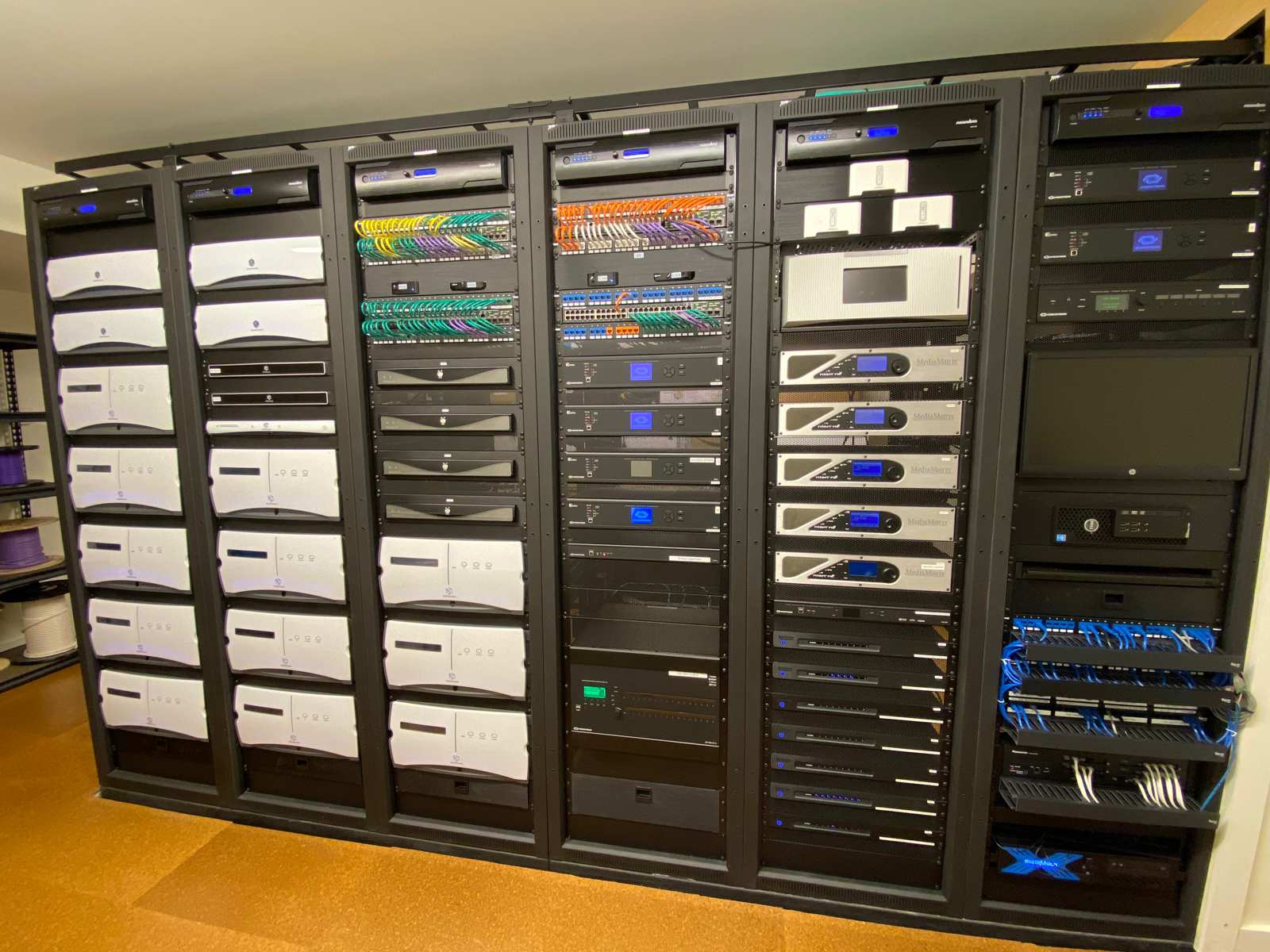
A massive array of Kaleidescape vaults
Do you have any favorites or any reference films?
My favorite films are different from the films I use for reference.
Favorite films In no particular order:
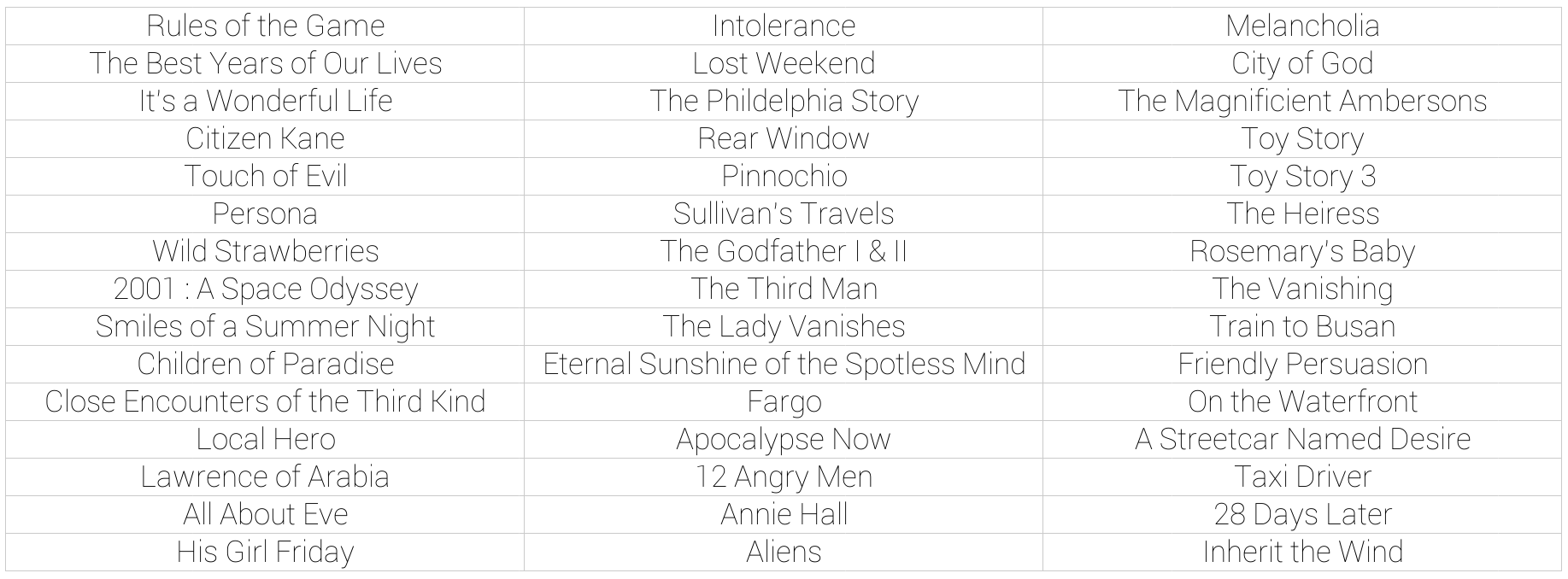
Rob's Favourite Films
In a similar vein, are there any particular scenes you come back to when evaluating a system?
The first film I play for someone when wanting to demo what my system can do is Gravity. It has everything: a fabulous, flawless Dolby Atmos presentation, perfect dialog intelligibility, powerful bass, beautiful picture quality, great story. Because my room is super quiet, the opening of the film is a special experience. The Trinnov recreates the opening audio in such a way that it sounds like it’s coming from outside the theater (which, of course, it’s not). The hushed dialog starts to travel around the room, giving the audience a cue that says: we’re in for something special.
After watching the first 15 minutes of Gravity, I switch to the opening 15 minutes of The Revenant. Even though it doesn't have an Atmos track, it’s a spectacularly immersive aural experience - subtle at first, then when the attack starts, extremely powerful. For example, the woofers in the JBL M2’s produce some very intense, visceral mid-bass drum thwacks in this sequence, with absolutely no distortion or strain. The effect is startling.
After this, I show Spielberg’s War of the Worlds, to showcase the incredible bass (and show off what the UberSubs can do).
A word on these beasts: Custom designed by KYD, there are a total of fourteen 24” drivers in the theater: 12 are behind the screen, comprising 6 sets of UberSubs. (Each Ubersub has two 24” drivers facing each other). There's also one 24” driver underneath each center seat in the 2nd & 3rd row - as well as 8 JL subs interspersed throughout the room. So, a total of 22 subwoofer drivers in the theater. All together, they produce an intense wave of teeth-shattering sound that I've never experienced in any theater, anywhere. And because of the way the room is constructed and how beautifully tuned the soundproofing is, the bass is evenly balanced throughout the theater no matter where you’re sitting.
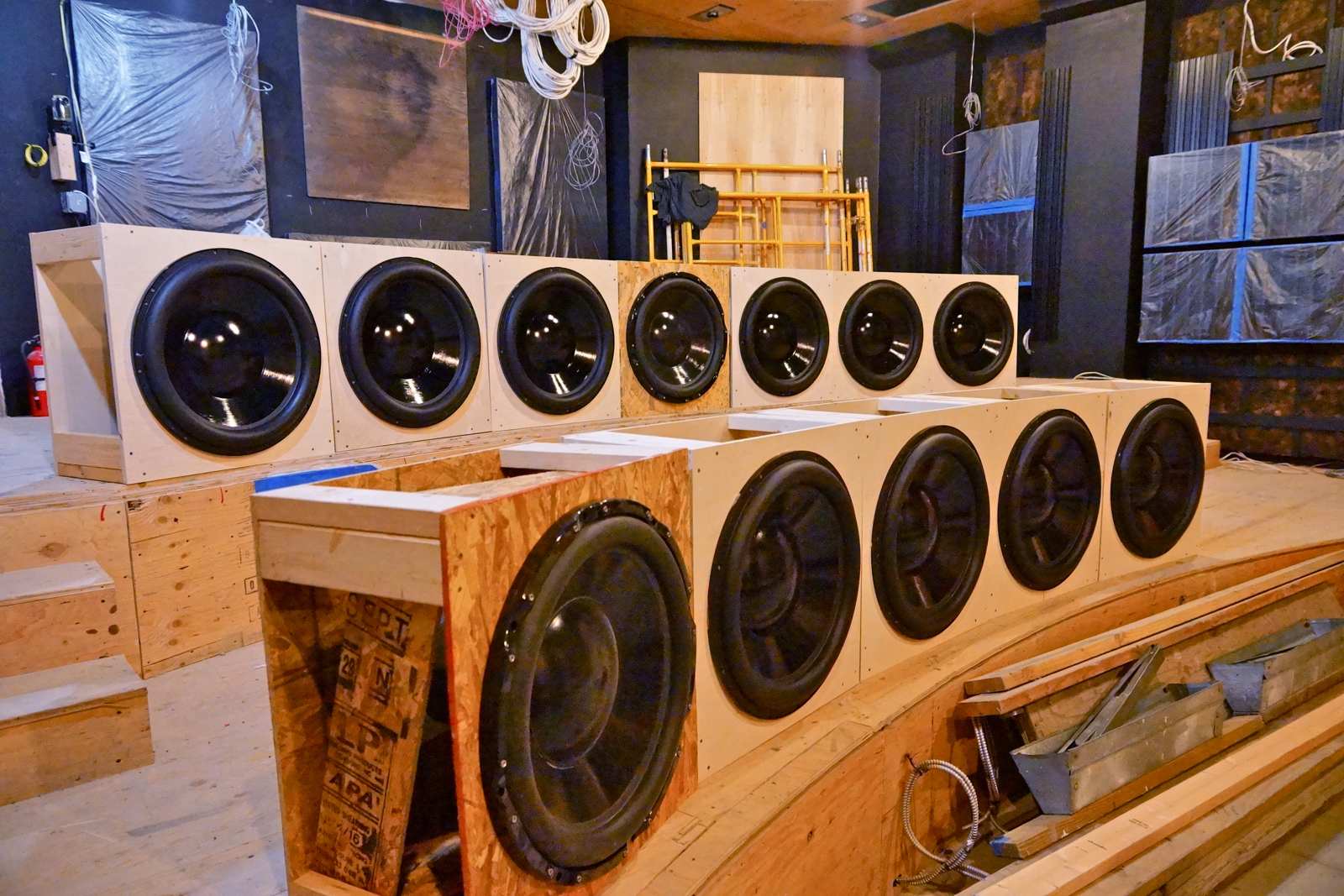
A few of the many subwoofers being staged for Rob’s Theater
The effect is scary, monumentally powerful, and thunderous. But having the volume loud enough for the subs to make this visceral impact can cause havoc on the upper & mid-frequencies. Fortunately, the cushion of sound these subwoofers provide helps to ameliorate any potential harshness that may occur in the upper frequencies, though that’s a rare occurrence because of Keith’s soundproofing, the construction of the room, and equipment like the Trinnov Altitude32. They combine to make an aural experience that is powerfully intense yet effortless to listen to without causing the viewer to feel assaulted. Result: no listener fatigue!
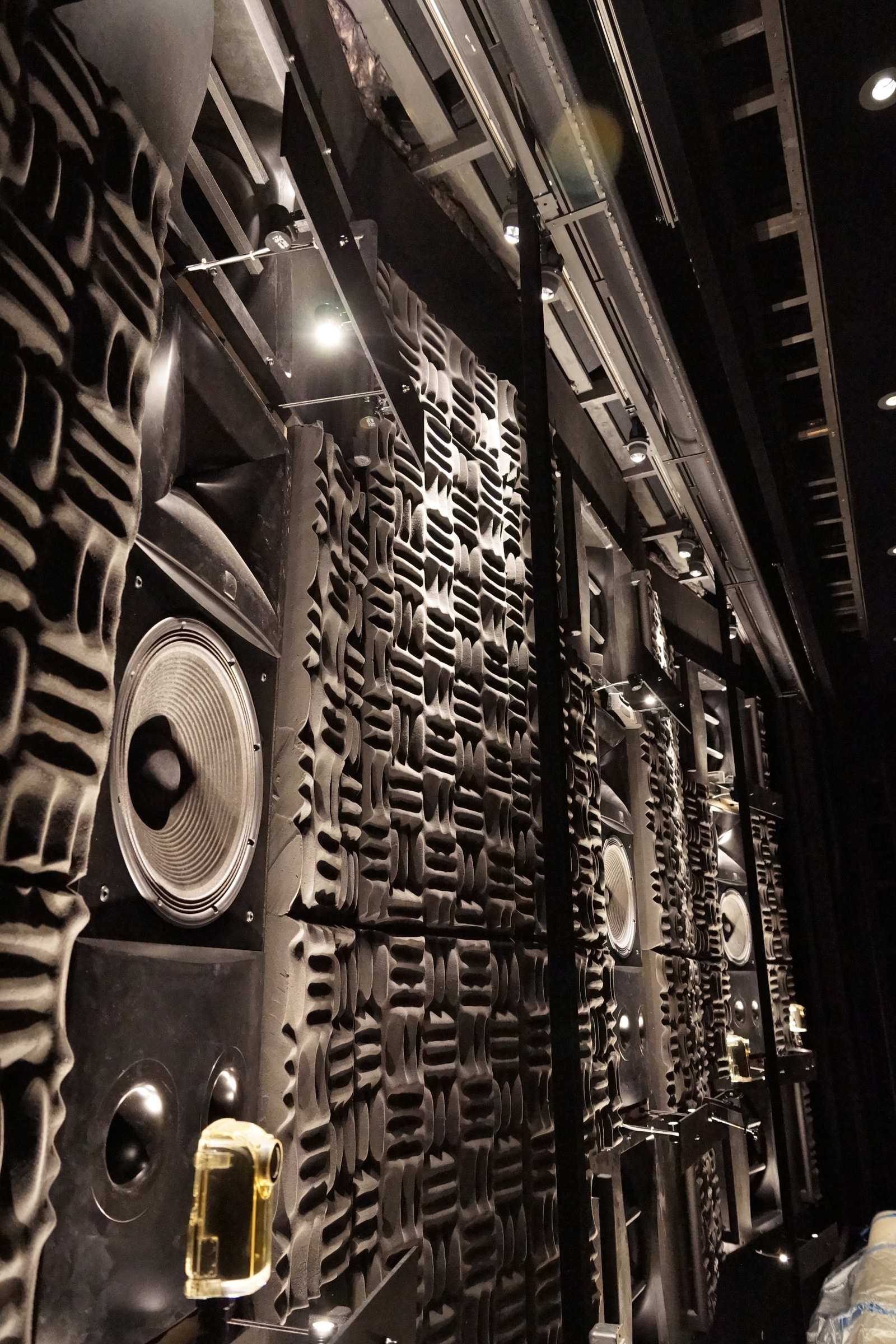
JBL M2 LCR speakers behind the screen surrounded by acoustic material
The JBL M2 also contributes to this lack of harshness when displaying very loud high frequencies.
There is a point in War of the Worlds where a car is ejected from a hole in the ground - it flies through the air, then smashes into a parked car.
I used this shot to audition speakers for my system, to see how they handled high frequencies, specifically.
In almost every demo, the impact of one car onto the other usually produced an ear-shattering sound that was excruciatingly unbearable.
The JBL M2’s were the only speakers that handled this sequence without any ringing or ear pain.
Lastly, I show a section of Lawrence of Arabia because of the absolutely stellar quality of the transfer. The resolution is so great that in wide shots of the huge vast vistas in the desert, you see what you think is a tiny dot in the distance, but you’re not sure. It’s actually a story point - David Lean used the extremely wide landscape of the desert and 70 mm resolution to create an illusion. I remember watching it when I was 10 years old in 70 mm and was blown away with the razor-sharpness of the image, and wondering - Is that tiny dot a person? a camel? You need a projector that can resolve such a tiny detail to create this illusion, and the Sony 5000 I use does this in spades.
The other reason I use Lawrence of Arabia for my demo is that the colors are tremendously natural. That, along with the superior resolution, makes watching this like seeing a 70 mm print off the original negative. It’s breathtaking.
What were your vision and goals for this personal screening room?
I truly want to turn friends and family on to watching great films on a huge screen with awesome sound, the way the filmmakers intended. The motivation for doing this has to do with my experience as a DP (Director of Photography). You work for months and months away from your family, 20 hours a day, shooting the movie, agonizing over a zillion details only to see your movie displayed in movie theaters on screens with dim bulbs, incorrect framing, and out-of-focus lenses.
Not always, of course, but way more often than not. I can't tell you how many times I've had to go into the booth at a theater because the film was out of focus, only to find no one was there! The presentation matters, and if any of that is subpar (or even slightly off), it diminishes the overall effect of the film. I felt that if I could control as many elements as I could, it would increase the odds of the film being presented in the best possible light. All the research, design work & flawless construction has paid off and resulted in a movie theater with very few compromises (if any).
I can’t tell you how many times I’ve heard someone say that they watched Close Encounters of the Third Kind (for the 1st time) - on a plane! Or on their iPad, or even their phone. I wanted to build a theater that would showcase great movies for people who have never experienced some of these films properly. The presentation makes a huge difference. Seems obvious, but sometimes you have to experience it firsthand to understand why a film has been so lauded.
Was immersive sound part of your must-have? And what were your expectations?
It was, though I wasn’t sure how to achieve it. I did years of research before actual design and construction, and I made sure to keep up with all the latest gear. I kept hearing about Trinnov (and other processors) but didn’t know how I could audition these units for evaluation. Once I started my relationship with Keith Yates (and trusting him), I basically let him make the call about the best processor to use. We both agreed on the Trinnov. Keith and I often spoke about the quality of the sound I wanted and I kept reiterating to him that I’m very sensitive to upper midrange peaks and that whatever we did, I wanted to avoid experiencing listener fatigue during a movie session. I also told him, in addition to being a huge bass fan, I wanted to make sure there was a good amount of midbass.
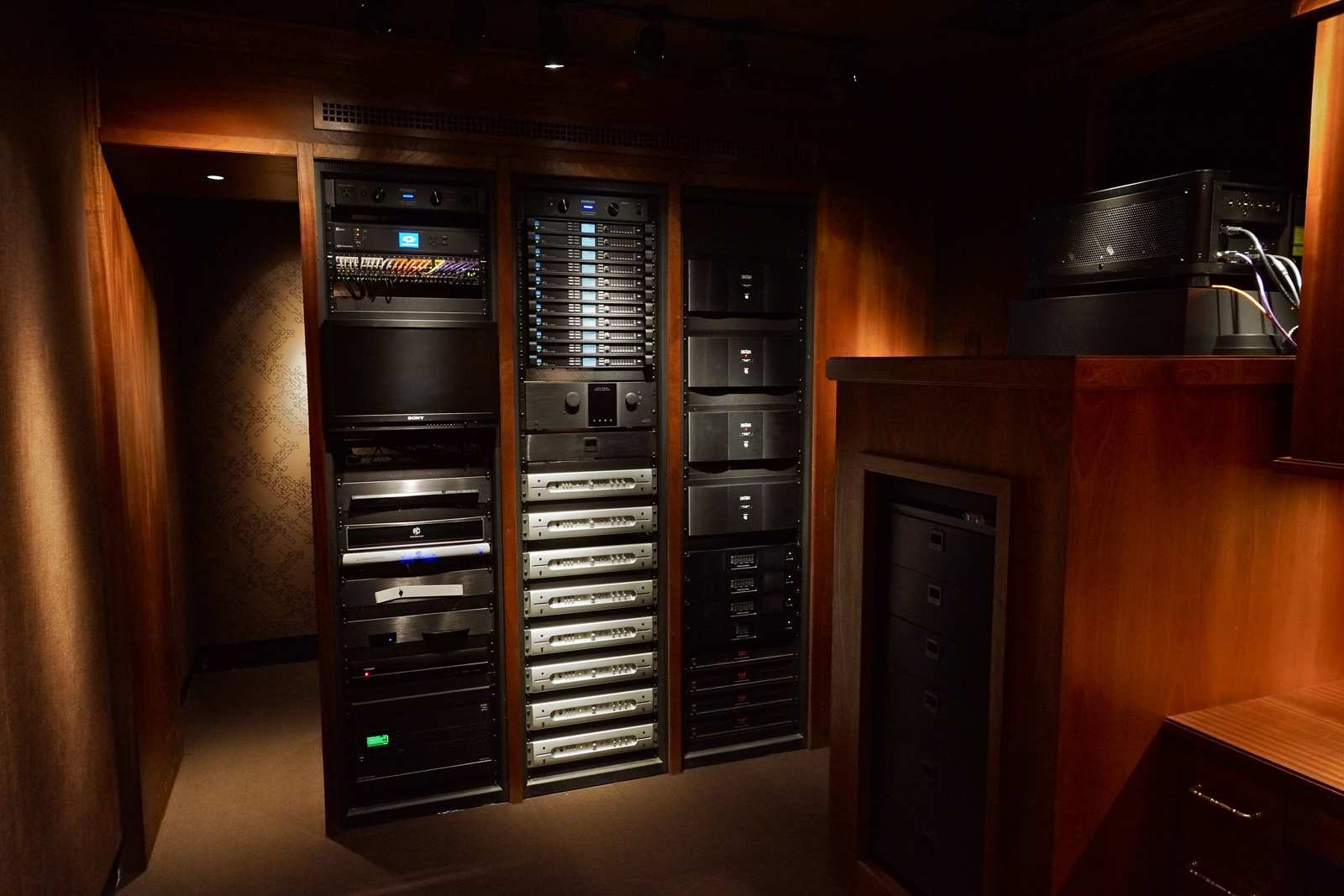
The Projection Room showing the Altitude32
He told me that one of the tricks to getting successful immersive audio was having an extremely low noise floor in the room. When the room was finished, I couldn’t believe how quiet the room was. It wasn’t something I had initially understood to be as important as it turned out to be. Keith did, and boy was he right! Because the room is so quiet, subconsciously you know that any sound you’re hearing must be coming from the movie, and nowhere else. Because of this, it increases the immersive quality of the experience ten-fold. (This is the quietest room they've ever tested. Amazingly, it tested NCB -6.)
So, we ended up with a theater that has absolutely no interference from sounds outside it, a room that doesn’t ring or resonate (because of the way it is constructed), no HVAC noise at all, and unbelievable, world-class bass response (see above). There are actually 45 speakers in total, all balanced perfectly by my Trinnov Altitude32, resulting in a powerful yet effortless to listen to audio experience.
Part 2 coming

